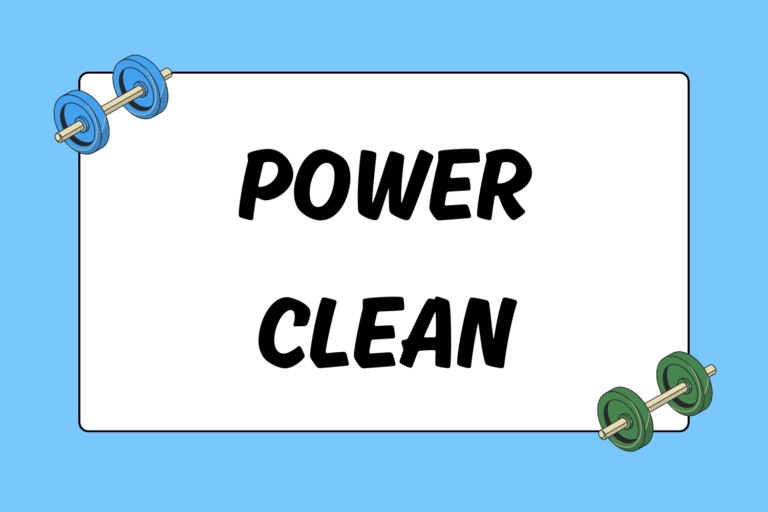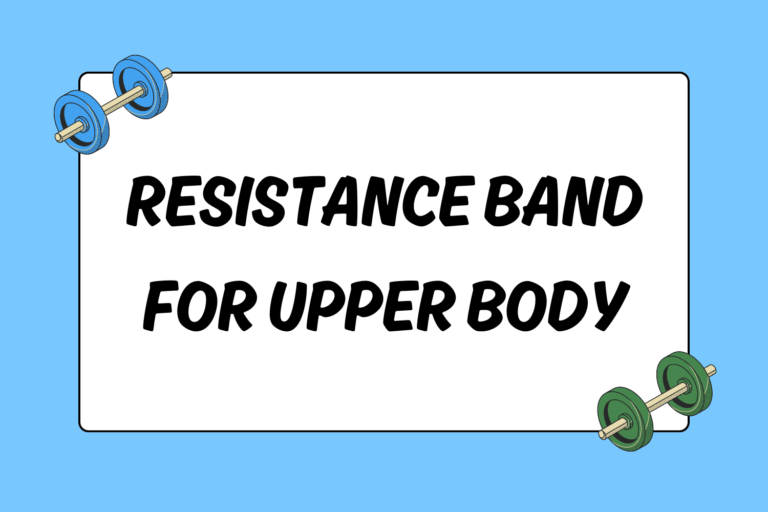Despite the many “proven” abdominal workouts and abdominal workout gadgets available, only a select few are safe, efficient and effective. This guide explains the anatomy and movement mechanics of your abdominal muscles, and shows how that knowledge can lead to effective abdominal muscle training.
Abdominal Muscle Anatomy
The most effective abdominal workouts engage all of your abdominal muscles as a team. The team members include:
- The deep core muscles, charged with spinal stability
- The oblique muscles, which rotate the torso
- The superficial muscles, which flex the spine
However, the most important core muscle is the transverse abdominal muscle, because it draws your belly in when you perform the exercise. This deep abdominal contraction protects your lower back.
There are two ways to activate your transverse abdominal muscle:
- Voluntarily draw your belly in by tightening your abdominal muscles.
- Exhale as you perform the flexing or rotating movement. During exhalation, the transverse abdominal muscle compresses your diaphragm to expel the air, thereby deepening the abdominal contraction.
Hot Tip: The Power Button
Think of your belly button as the power button of a machine. Press the button inward before performing an abdominal exercise; this simple task will help you engage your core every time.
The Bicycle Maneuver
The “Bicycle Maneuver” is among the best abdominal exercises out there, mainly because it recruits a high number of abdominal muscle fibers. While the bicycle maneuver ranks at the top of the list of most effective abdominal exercises, it may impose too much challenge for beginners, people with tight hip flexors, or tight lower backs. A progressive approach works best for this exercise.
- Lie supine (on your back, facing up) with your knees bent and your feet flat on the floor.
- Place your hands behind your head.
- Inhale to prepare.
- Exhale and simultaneously lift your head, shoulders and right leg from the floor.
- Rotate your upper torso so that your left elbow moves towards your right knee.
- Press your lower back into the floor and return to the starting position.
- Repeat the exercise in the opposite direction.
Bicycle Maneuver Progression
As you gain abdominal strength, add extra steps or measures to the bicycle maneuver to keep it challenging:
- Instead of starting with both feet on the floor, begin with your legs lifted in a table top position. As you rotate your upper body to the right, lower your bent right leg toward the floor—as low as you can go, without arching your lower back. Keep your upper body lifted and repeat to the other side.
- Straighten the opposite leg as you twist to one. Avoid lowering the straight leg too close to the floor if your back tends to arch.
You can also use a resistance band around your feet, or hold a weighted medicine ball behind your head, for additional resistance.
The Reverse Curl
Neck and upper back tension may develop during a long abdominal workout. The reverse curl allows you to rest your upper body while continuing with your abdominal routine.
- Lie supine with your legs lifted and slightly bent, and your feet perpendicular to the ceiling.
- Place your hands by your sides with your palms turned upward. This prevents you from using your arm strength to brace yourself during the exercise.
- Take a breath in. As you exhale, draw your belly in and lift your lower pelvis from the floor, keeping your feet perpendicular to the ceiling. Lift your glutes and your tail bone, but keep your lower back on the floor.
- Inhale and return to the starting position.
A number of variations make this exercise more interesting and more challenging. For example, to increase oblique muscle engagement you can lift your lower pelvis from the floor. Keep it lifted as you rotate your pelvis to the right, as if you were doing the twist from a supine position. Return to the starting position and repeat to the other side.
Other variations include:
- Wrapping a resistance band around your feet and holding the ends of the band firmly into the floor– your abdominal muscles have to work against the band’s resistance.
- Holding a stability ball under both knees– this prevents you from straightening your legs and using momentum to lift your pelvis.
- Performing the exercise with your head on the high end of a slat board– this challenging variation forces your abdominal muscles to work uphill.
Mental Edge
Rather than perform hundreds of repetitions in poor form, do fewer repetitions in meticulous form. When your neck, back and hip flexors start to hurt, your abdominal muscles have stopped functioning effectively.
Benefits of an Abdominal Workout
A toned, strong abdominal area improves your overall appearance and movement functionality while enhancing your posture and protecting your lower back. Practice this abdominal workout four times a week.





